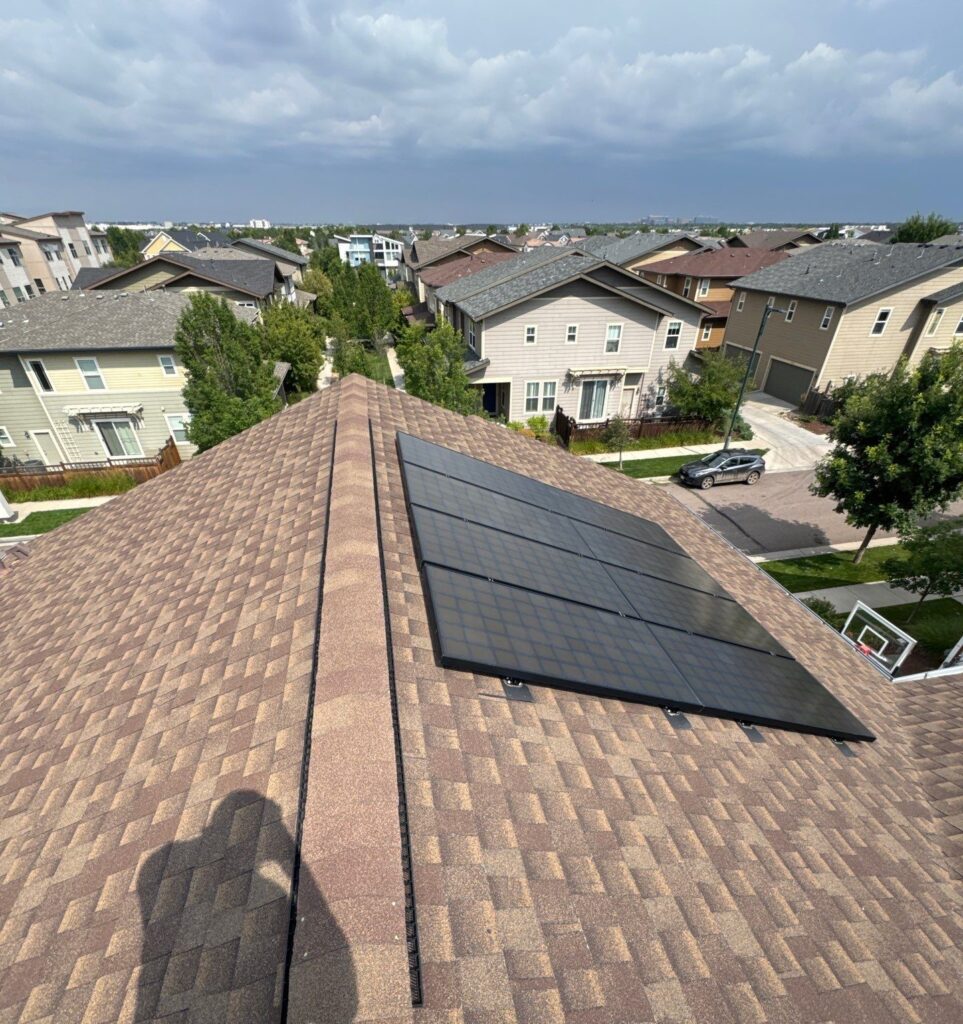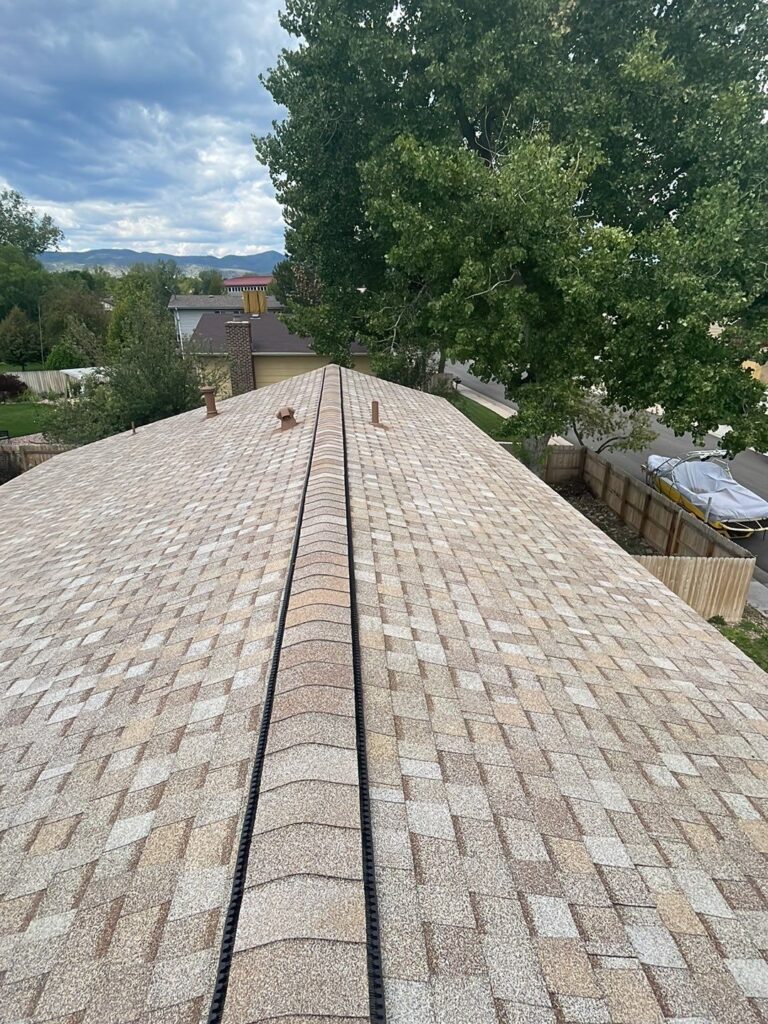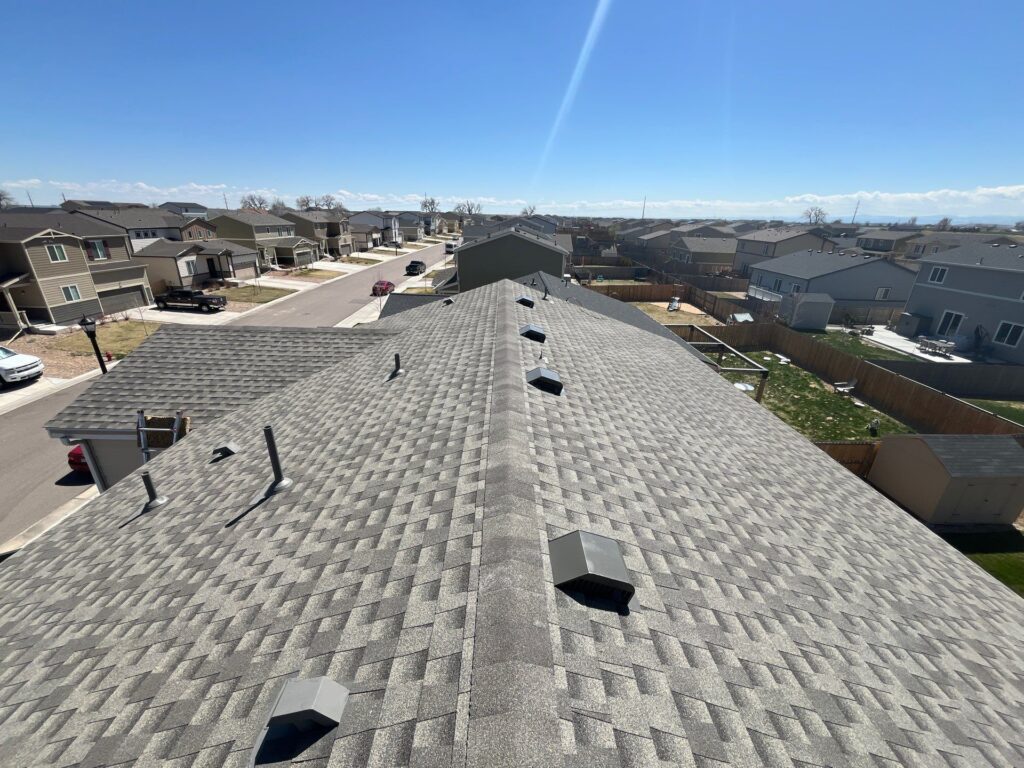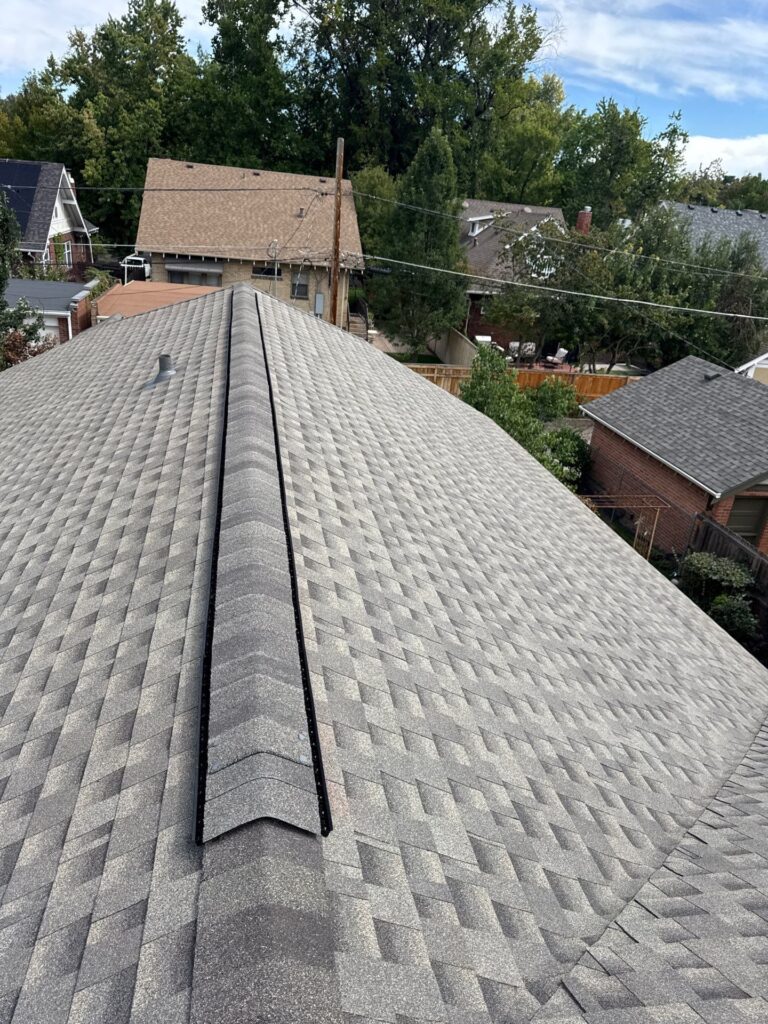What Homeowners Should Expect During a Professional Roof Inspection
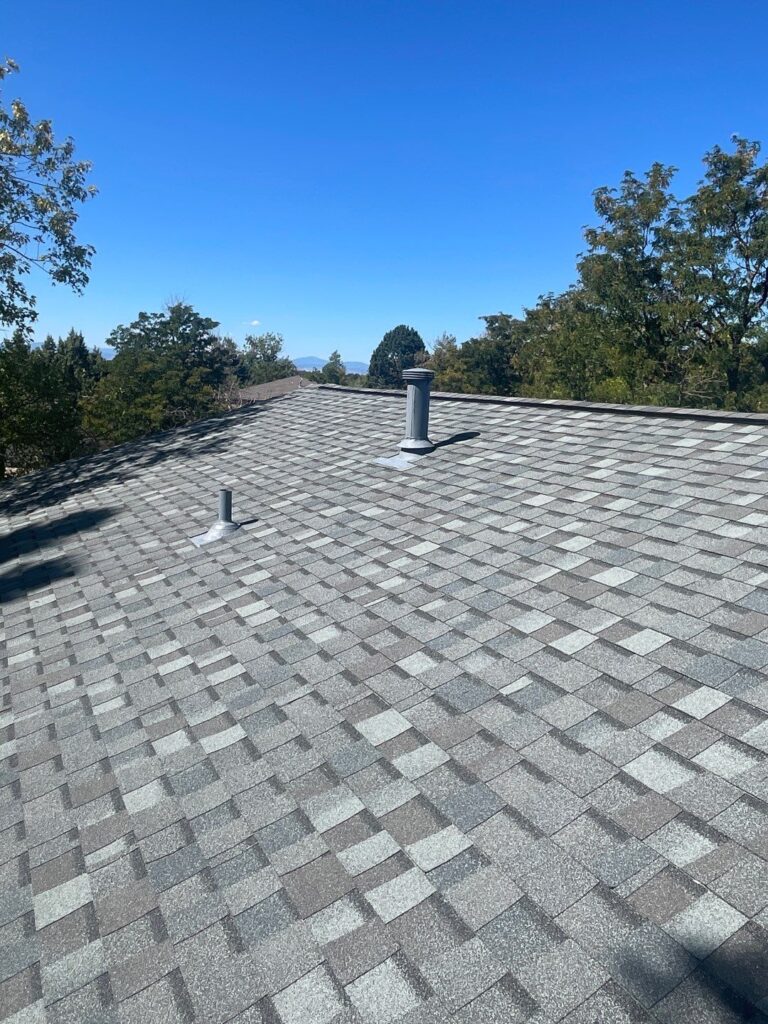
A professional roof inspection is an essential step in maintaining the integrity of any home. It ensures that small problems are identified before they become costly repairs and helps extend the lifespan of your roof. Understanding what happens during an inspection gives homeowners confidence and peace of mind.
Initial Exterior Evaluation
The inspection begins with a detailed examination of the home’s exterior. The roofing specialist walks around the property to assess the overall condition of the roof and surrounding structures. Indicators such as sagging roof lines, missing shingles, damaged gutters, or water stains on siding can signal deeper structural concerns. This step provides the inspector with a clear overview of potential issues before climbing onto the roof.
Roof Surface Examination
Once on the roof, the inspector checks every section for signs of wear and damage. They look for loose or broken shingles, cracked flashing, exposed nails, and soft spots that might suggest hidden leaks. For metal, tile, or flat roofing systems, they inspect for corrosion, slipped tiles, punctures, or blisters. These findings are documented to identify areas that may require maintenance or immediate repair.
Flashing, Vents, and Roof Penetrations
Roof penetrations are among the most common sources of leaks. A professional inspection includes a close look at chimneys, skylights, vents, and satellite mounts. Inspectors verify that flashing is intact and properly sealed. Any gaps, rust, or deterioration around these penetrations can allow moisture to seep beneath the roofing layers. Correcting these problems early helps prevent costly interior water damage.
Attic and Interior Review
A complete inspection doesn’t stop at the roof’s exterior. Inspectors also check the attic space or upper ceilings for interior warning signs. They look for mold growth, water stains, sagging insulation, and poor ventilation. These symptoms often reveal roof leaks or insufficient airflow that can shorten the roof’s lifespan. The interior evaluation complements the surface findings and confirms the overall health of the roofing system.
Detailed Report and Professional Recommendations
After completing the inspection, homeowners receive a comprehensive written report outlining the roof’s current condition. This report typically includes:
- Photographic documentation of findings
- Areas performing well
- Items to monitor for future issues
- Components needing immediate repair or replacement
The best inspectors explain each issue clearly without exaggeration or unnecessary sales pressure, helping homeowners make informed decisions based on objective data.
Why Regular Roof Inspections Are Essential
Colorado’s rapidly changing weather—hail, snow, high winds, and intense sun—can quickly wear down even high-quality roofing materials. Scheduling an annual inspection or arranging one after severe weather events ensures that hidden problems are caught early. Routine professional inspections help preserve the roof’s structure, prevent leaks, and maintain property value over time.
Expert Roofing Services in Denver, Colorado
Homeowners seeking reliable and detailed roof inspections can rely on Tried and True Roofing, a trusted roofing company in Denver, Colorado. Their experienced inspectors use advanced techniques and in-depth reporting to ensure every roof remains safe, durable, and weather-resistant.
Conclusion
A professional roof inspection is more than a visual check—it’s a comprehensive evaluation of your home’s first line of defense. From surface damage to interior moisture detection, each stage plays a vital role in keeping your property secure. Regular inspections help you catch issues early, extend your roof’s lifespan, and protect your investment for years to come.
What Homeowners Should Expect During a Professional Roof Inspection Read More »
